Rhinoplasty, also known as a nose job, is one of the most popular cosmetic procedures worldwide. Whether driven by aesthetic concerns or functional issues, many people consider nose reshaping as a way to enhance their appearance or correct breathing problems. However, the decision to undergo this surgery is not always straightforward, and it requires careful consideration. In this post, we’ll explore the pros and cons of rhinoplasty in Dubai(تجميل الأنف في دبي), along with frequently asked questions, to help you determine whether it’s the right choice for you.
What is Rhinoplasty?
Rhinoplasty is a surgical procedure that alters the shape or size of the nose. It can be done for cosmetic reasons, such as changing the nose’s appearance, or for functional reasons, like improving breathing issues caused by structural problems inside the nose. The procedure can be performed on both the external part of the nose (for cosmetic reasons) and the internal structures (to improve airflow).
Types of Rhinoplasty
There are two primary types of rhinoplasty:
- Cosmetic Rhinoplasty: This focuses solely on improving the appearance of the nose, such as reducing a hump, refining the tip, or narrowing the nostrils.
- Functional Rhinoplasty: This is performed to correct structural issues that affect breathing, such as a deviated septum or collapsed nasal passages. Often, functional rhinoplasty is combined with cosmetic nose reshaping if a person desires both appearance and functional improvements.
The Pros of Rhinoplasty
When considering rhinoplasty, it’s important to weigh the potential benefits, as they can significantly impact both your appearance and your quality of life.
1. Improved Appearance
For many, rhinoplasty offers the opportunity to enhance facial symmetry. A nose that is proportionate to the rest of the face can lead to a more balanced and aesthetically pleasing look. People who feel self-conscious about their nose may experience a significant boost in confidence after the procedure.
2. Increased Confidence and Self-Esteem
Having a nose that aligns with your ideal aesthetic can greatly enhance self-confidence. People who feel insecure about their nose might experience social anxiety, and correcting it can help them feel more comfortable in public and social situations.
3. Correct Breathing Problems
Rhinoplasty is not only about aesthetics. Many people undergo functional rhinoplasty to address issues like a deviated septum, which can obstruct airflow and cause difficulty breathing. Correcting these issues can greatly improve a person’s quality of life, making activities like exercising or sleeping more comfortable.
4. Long-Lasting Results
One of the greatest advantages of noseplasty is its long-term results. Unlike other cosmetic procedures that may require maintenance, the results of a nose reshaping typically last for many years, providing lasting improvements to both appearance and functionality.
5. Customizable Procedure
Rhinoplasty is a highly customizable surgery. Your surgeon can tailor the procedure to meet your specific needs, whether that means making subtle changes or undertaking more complex reshaping. This ensures that the result is personal and suited to your facial structure.
The Cons of Rhinoplasty
While rhinoplasty offers many benefits, it is not without its drawbacks. Here are some potential downsides to consider.
1. Surgical Risks
As with any surgery, rhinoplasty comes with inherent risks. These include infection, bleeding, scarring, and anesthesia complications. While serious complications are rare, they are always a possibility, and they should be discussed with your surgeon prior to the procedure.
2. Cost of the Procedure
Rhinoplasty can be expensive, with costs ranging from $5,000 to $15,000 depending on the complexity of the surgery, the surgeon’s experience, and geographic location. If the procedure is done for cosmetic reasons, insurance typically won’t cover the cost. For many, the expense can be a significant consideration.
3. Long Recovery Time
Recovery from rhinoplasty can be challenging. Patients may experience swelling, bruising, and discomfort for several weeks after the procedure. It can take up to a year for the full results to appear, as the nose continues to heal and refine. During this time, patients are often advised to avoid strenuous activities and avoid bumping the nose.
4. Unpredictable Results
While rhinoplasty is generally successful, there is always a risk that the results may not meet your expectations. Some patients may require revision surgery if the nose does not heal as expected or if the results are unsatisfactory. It is important to have realistic expectations and discuss your desired outcome with your surgeon.
5. Emotional Impact
For individuals who undergo this procedure for cosmetic reasons, the emotional impact of the procedure can be significant. While some people feel more confident, others might experience regret, especially if the results don’t meet their expectations. It’s essential to be mentally prepared for the changes and to undergo the procedure for the right reasons.
Factors to Consider Before Getting Rhinoplasty
Before deciding to undergo this procedure, there are several key factors you should consider:
- Reason for Surgery: Are you seeking rhinoplasty procedure to address a functional issue like breathing problems or for cosmetic reasons? Understanding your motivations will help guide the decision-making process.
- Age: It’s important to wait until your facial structure has fully developed, typically around the age of 18 for women and 21 for men, before considering rhinoplasty.
- Realistic Expectations: Make sure your expectations are realistic. Rhinoplasty can improve appearance and functionality, but it’s unlikely to make you “perfect.”
- Choosing the Right Surgeon: The skill and experience of your surgeon are critical. Choose a board-certified plastic surgeon who specializes in rhinoplasty and has a proven track record of success.
Frequently Asked Questions (FAQs)
1. How long does it take to recover from rhinoplasty?
Recovery typically takes between 1 to 2 weeks for the initial healing, but full recovery, including final results, can take up to a year. During the first few weeks, you will experience swelling and bruising around the nose and eyes.
2. Will I experience pain after rhinoplasty?
Some discomfort is normal after the procedure, including pain, swelling, and bruising. Pain can usually be managed with prescribed medication and over-the-counter pain relievers.
3. Can rhinoplasty fix a deviated septum?
Yes, functional rhinoplasty can correct a deviated septum, improving airflow and alleviating breathing difficulties. This type of surgery is often combined with cosmetic procedure if the patient desires both aesthetic and functional improvements.
4. Are the results permanent?
Rhinoplasty in Dubai results are generally long-lasting. However, the nose can change over time due to aging or injury. In some cases, a revision surgery might be needed if the results are unsatisfactory.
5. How much does rhinoplasty cost?
The cost of rhinoplasty procedure varies, typically ranging between $5,000 and $15,000, depending on the complexity of the procedure and the surgeon’s experience. Insurance may cover the cost if the surgery is medically necessary, such as for a deviated septum.
Conclusion
Rhinoplasty can be a life-changing procedure for those seeking to improve the appearance of their nose or address breathing issues. While it offers several advantages, such as enhanced facial symmetry and improved quality of life, it also carries risks, costs, and a lengthy recovery time. Before deciding if rhinoplasty is worth it, it’s important to evaluate your personal goals, consult with a skilled surgeon, and weigh the potential pros and cons. Ultimately, the decision should be based on informed, realistic expectations and a genuine desire to improve either your appearance or functionality.

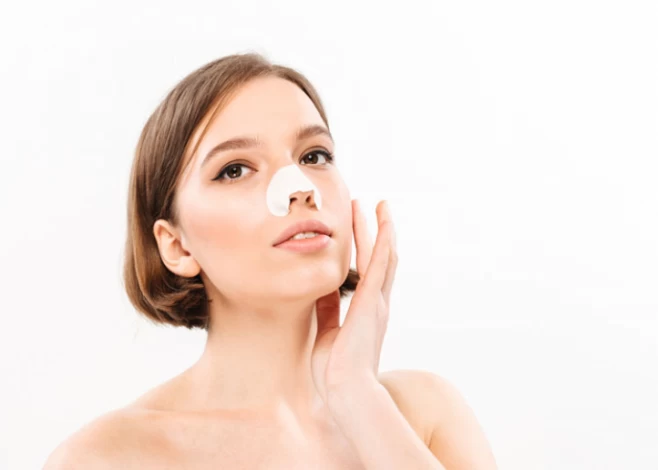



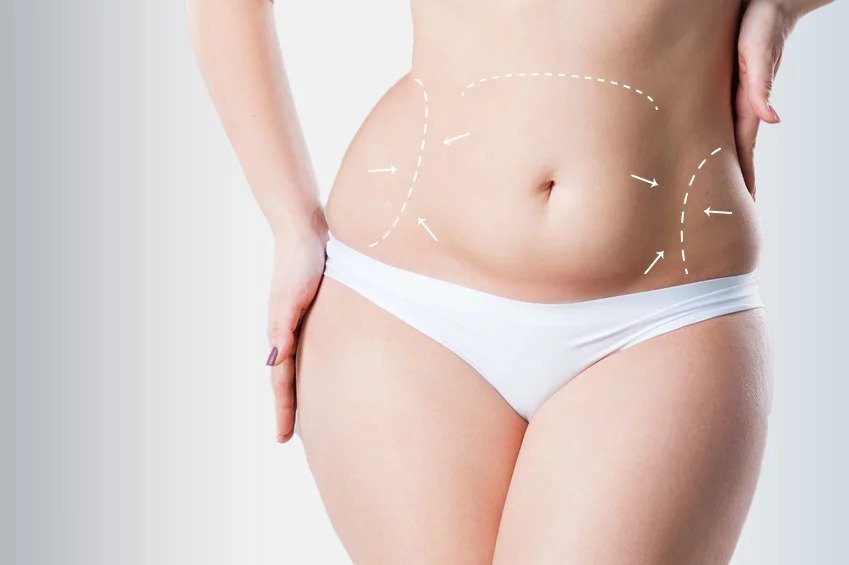
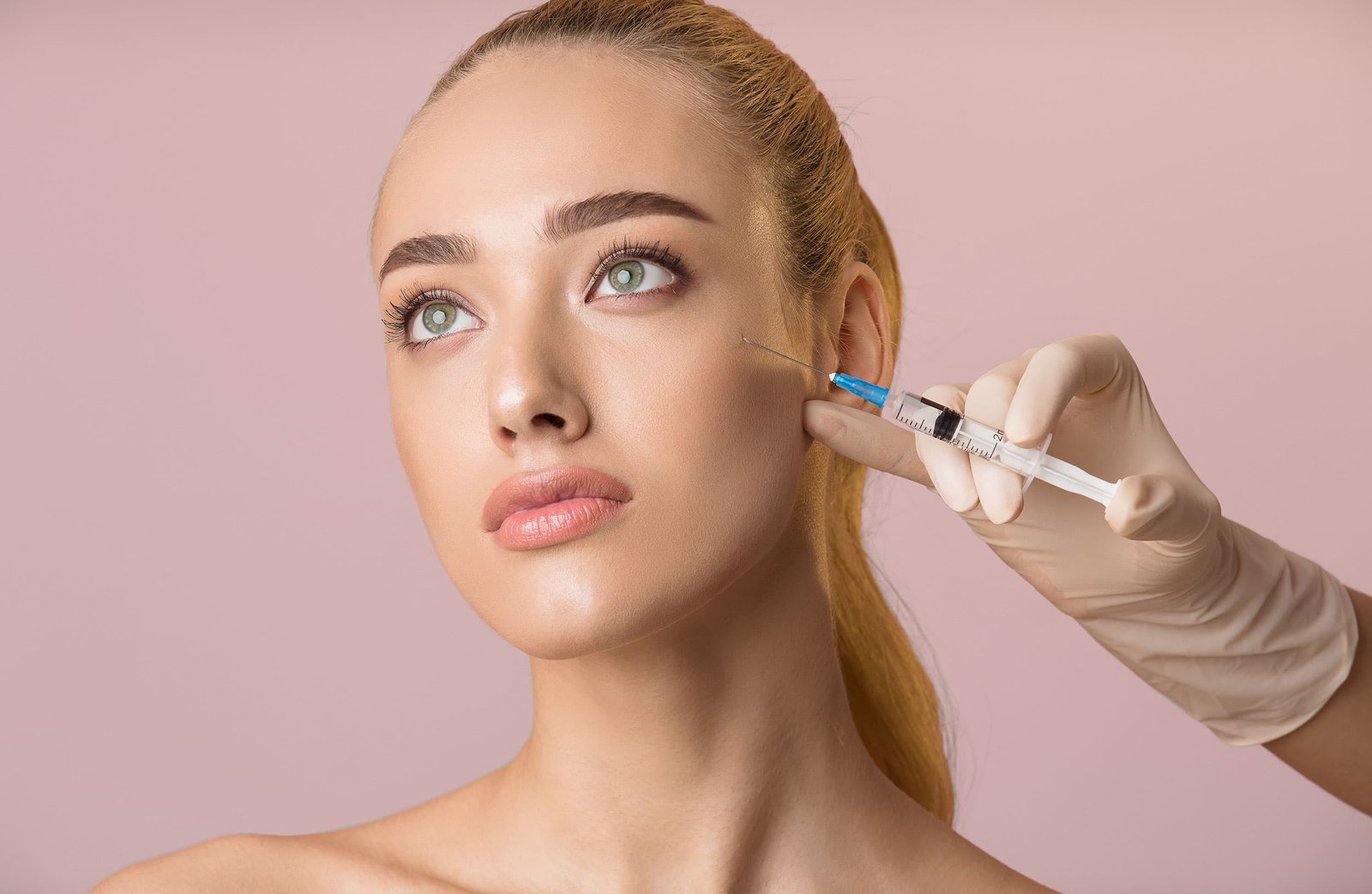


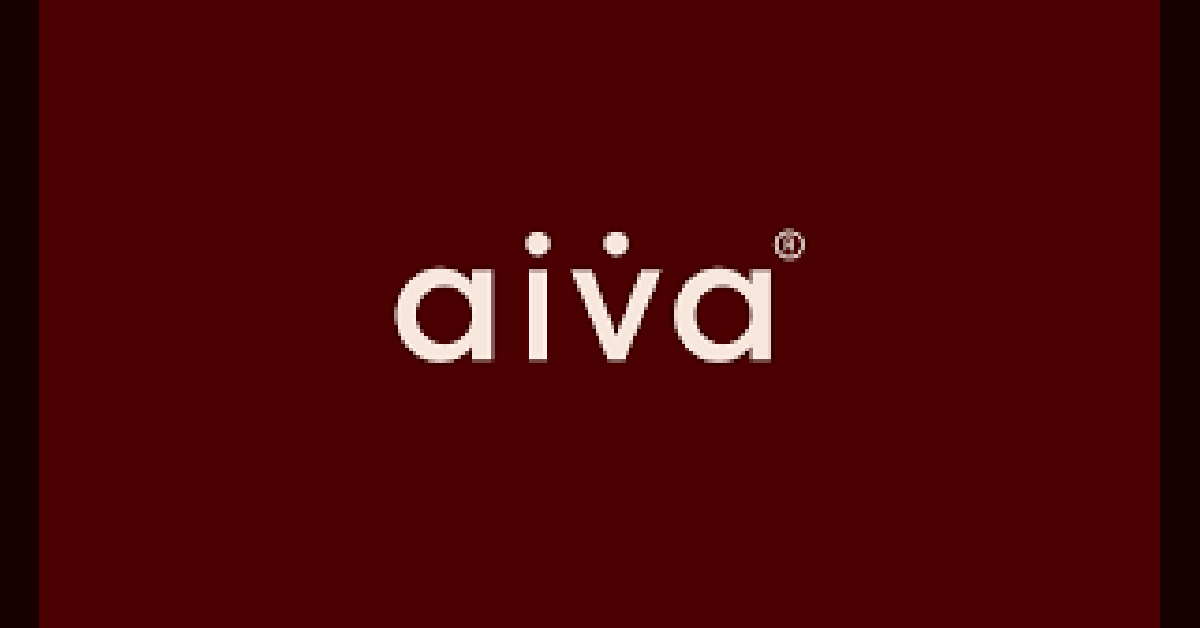
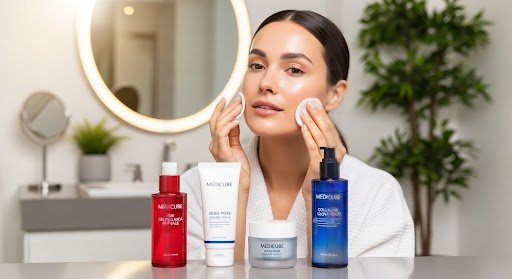
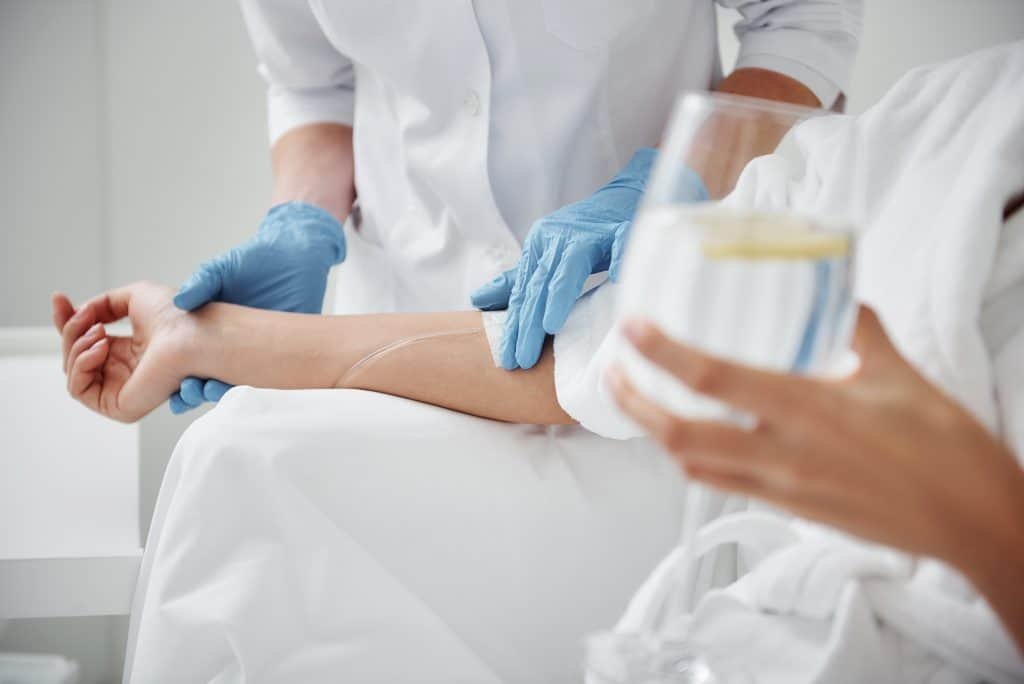




Leave a Reply